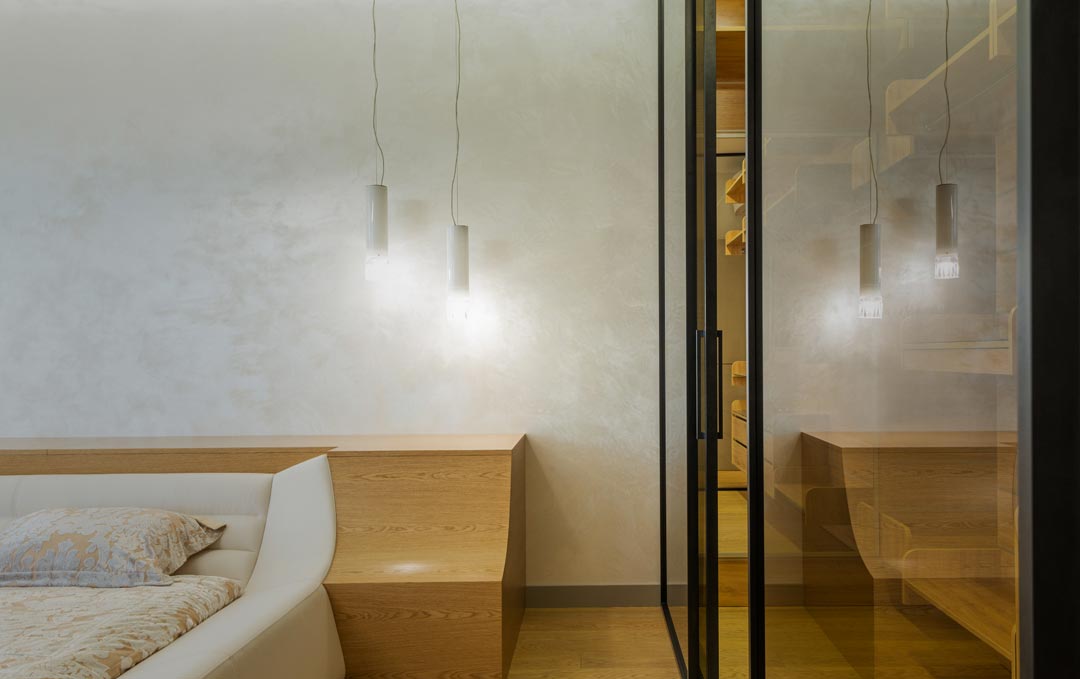Energy prices are up significantly. A CNBC article states that “energy prices are up 33.3% on the year. Fuel oil is nearly 60% more expensive than last year, electricity is up 6.5%, and natural gas increased more than 25%.”
An effective energy management system can save a property up to 45% on its energy usage. Sometimes even more. That in itself is a compelling reason to invest in an energy management system. We offer our readers some tips for making the most of their energy management systems.
1) VIP Mode: Don’t “Set It and Forget It”
EMS systems usually have something we call “VIP Mode”. It overrides energy savings functions for the duration of the guest’s stay. So, if a ski resort gets a guest complaint about the room being too cold upon their return, a quick fix is to change their guest room to “VIP”, which maintains the set temperature of the room whether they’re in the room or out on the slopes. While VIP Mode is an important tool, we see that some properties use it way too liberally, or forget to return the guest room to its original energy-savings mode. We’ve even noticed some properties that have set ALL the rooms to VIP. Unless they’re hosting an entire hotel of special guests, that’s a bad idea. It will negate a majority of their energy savings.
2) Enter Your Utility Info for Accurate Savings Data
An EMS system will calculate a property’s annual cost with energy management and without. In fact, it can offer granular data like savings in heating mode, cooling mode, and fan only; or savings based on HVAC type (many properties feature HVAC units of various makes and models because they’re replaced in groups over time). But you won’t get these details if you don’t enter your utility information. Grab a recent utility bill, key in the data, and let your EMS do the rest.
3) Train Staff How to Use Your EMS
With today’s high turnover rates, it’s important to keep your facilities staff current on your EMS technologies so they can successfully respond to alerts, run reports, and swap out networked equipment when necessary. We offer online training for all of our customers, so the property does not have to allocate its own resources for training.
4) Take Advantage of Profiles
Profiles, sometimes called “schedules”, are climate control commands assigned to groups of room controllers. They are triggered by events such as change of season, or sold/unsold rooms. Profiles can even be based on the sunny and shady sides of a building. The HVAC unit heat/cool/fan mode can be set, along with the temperature and humidity levels.
5) Ensure Occupancy Sensor Accuracy
The lower the occupancy, the higher the energy savings.
Occupied
When your guest rooms are occupied, it’s important the occupancy detectors are calibrated for extreme sensitivity, so they maintain temperature setpoint when occupants are asleep. Telkonet thermostats and external occupancy sensors feature passive infrared (PIR) occupancy sensors, so they detect both motion and heat.
Unoccupied
In “setback” mode, smart thermostats sense the room is not occupied, allowing the room temperature to drift, yet still return to setpoint within a specific period of time (e.g. 10 minutes).
Unsold
And then there’s “Deep Setback”: a profile that can be assigned to groups of thermostats. An EMS platform can move your thermostats into a ‘deep setback’ profile when rooms are unoccupied for extended periods. When you know certain rooms will be unoccupied for an extended period of time, the temperature will be allowed to drift further than in regular “setback” mode. This saves even more energy since occupant comfort is not a consideration.
6) Check Your Occupancy Sensor Battery Life Indicators
Occupancy sensors are the backbone of energy savings: when no one is in the room, the temperature is allowed to drift, and if applicable, humidity is driven down more aggressively. Occupancy sensors are oftentimes battery-operated and your EMS can show battery life remaining. You can proactively change only the batteries that are low.
7) Use Tamper-Resistant Thermostats to Avoid Overrides
Firmware developers can password-protect a thermostat’s active profile from tampering. Security screws help as well.
In conclusion, we hope you’ll take a serious look at energy management platforms, and consider how they can help you more effectively manage your property. Energy management systems feature sophisticated software, firmware, and hardware. If you’d like to learn more about energy management systems and tips for optimizing your energy savings, please talk to one of our representatives. They’re eager to talk to you.
sales@telkonet.com or 888-703-9398.

